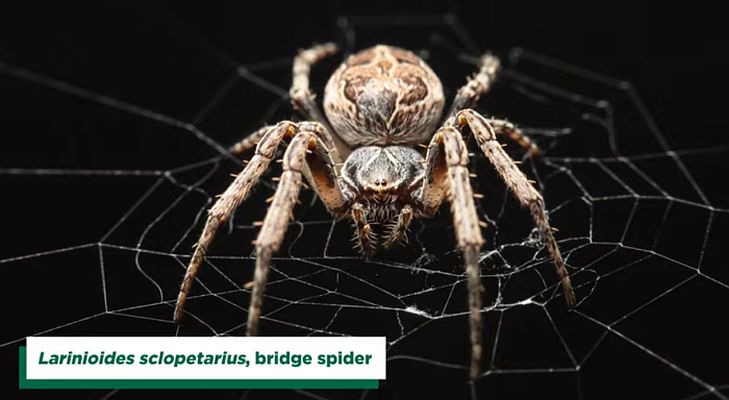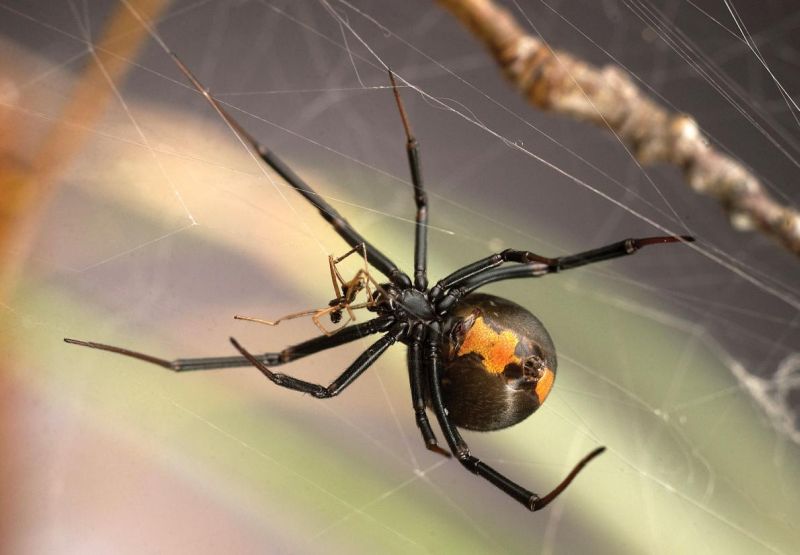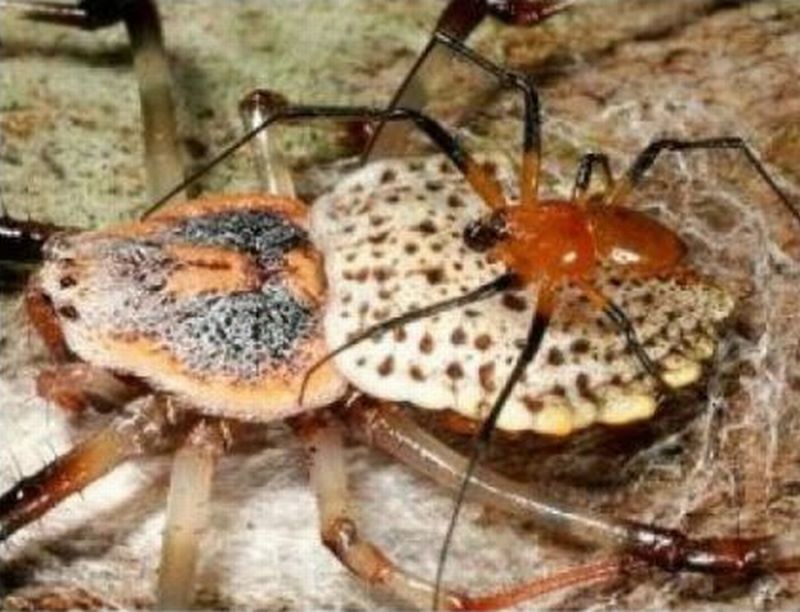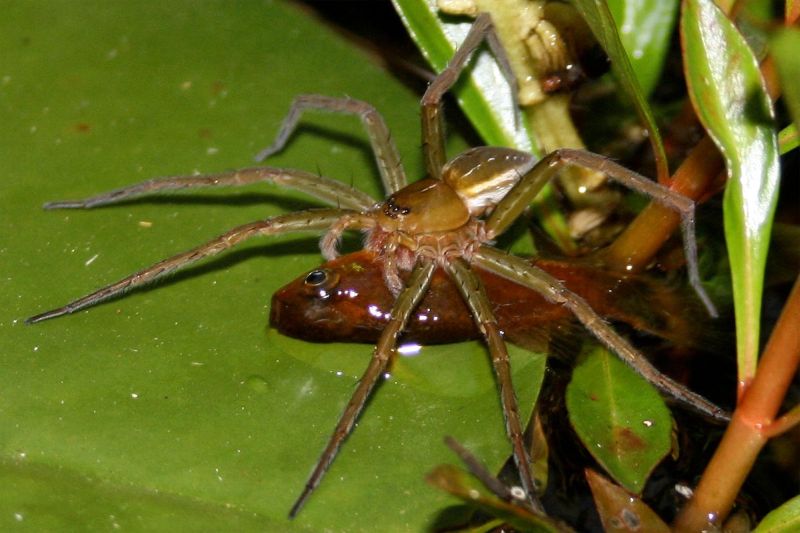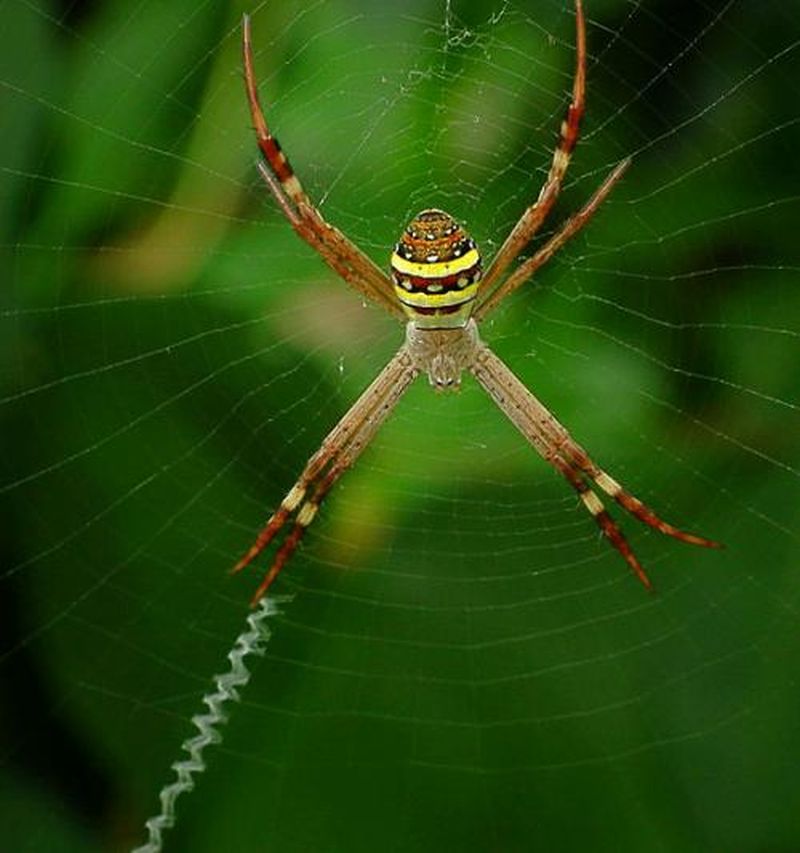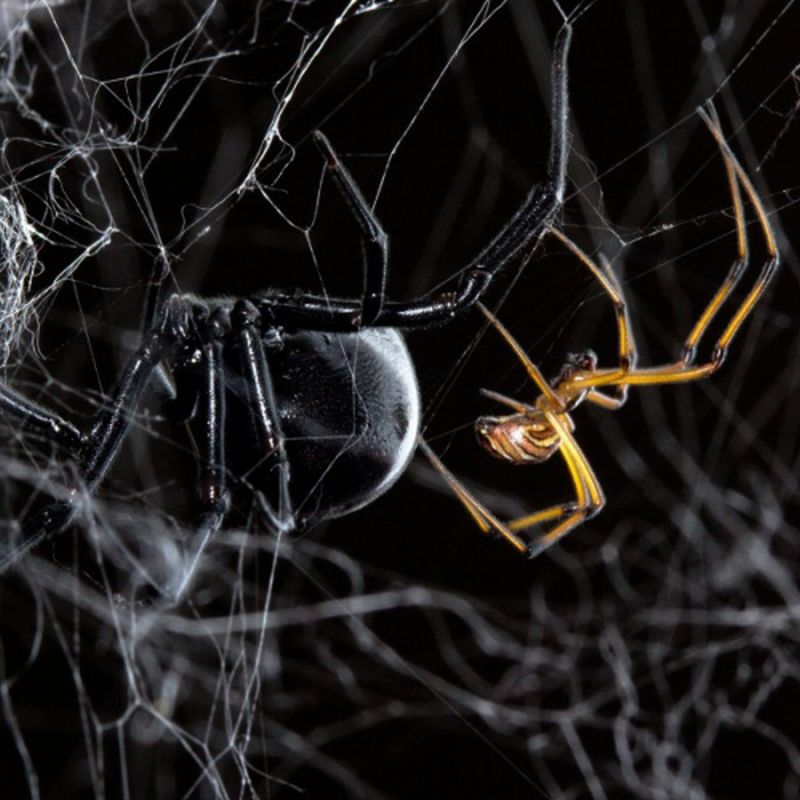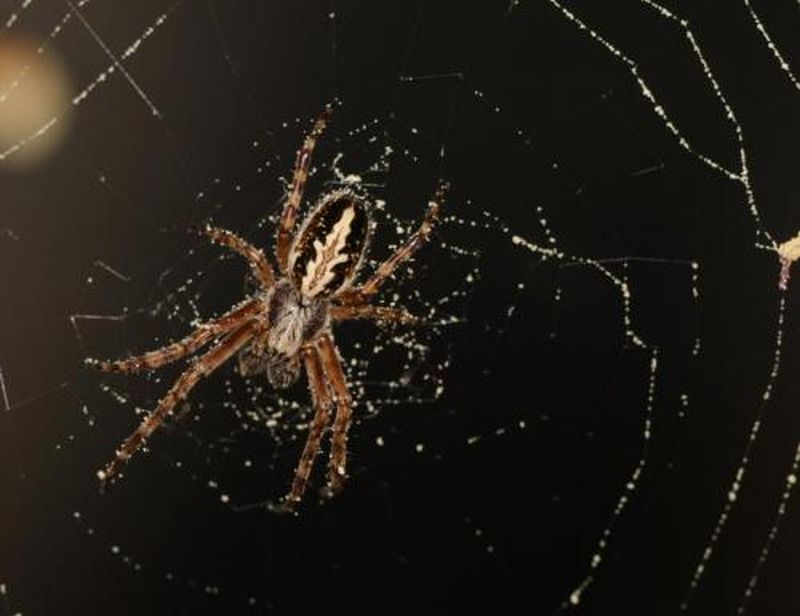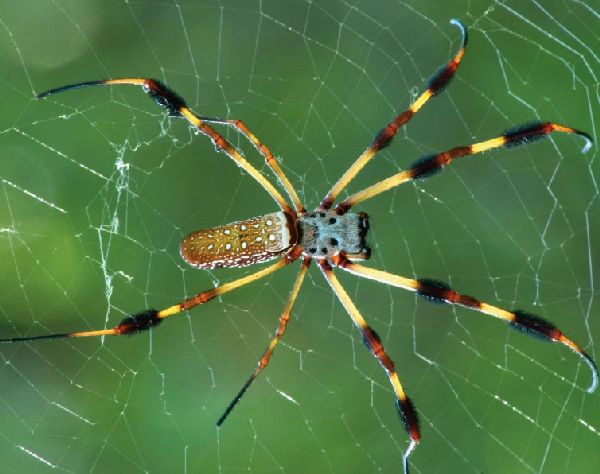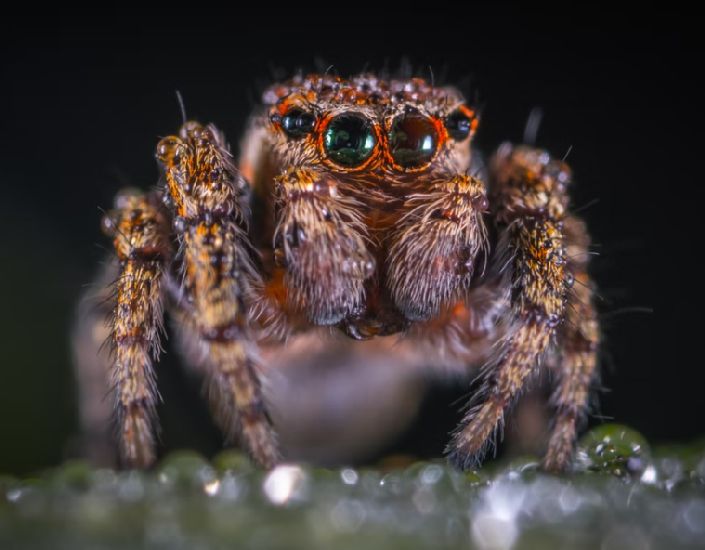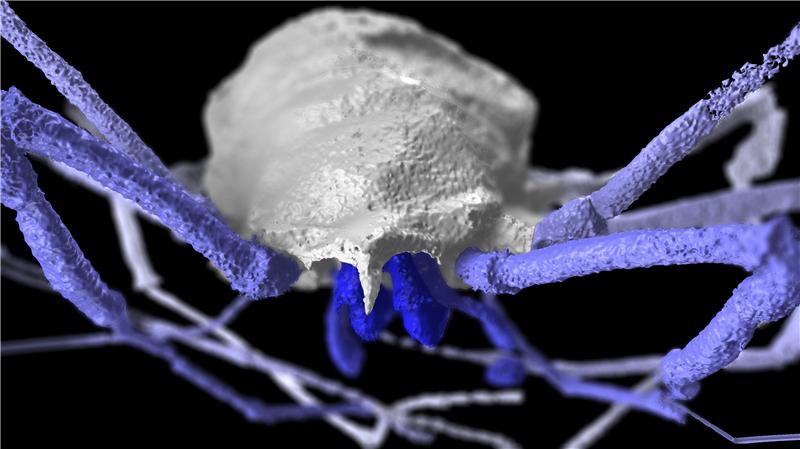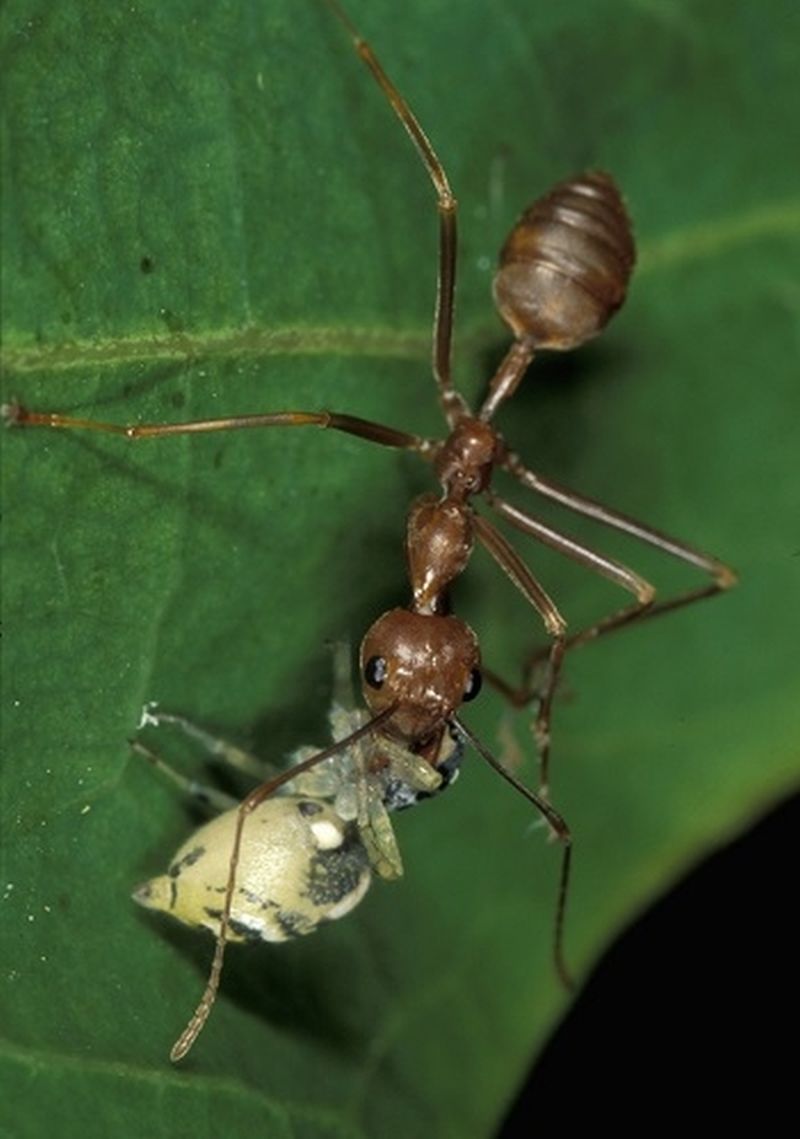Researchers at Binghamton University, in collaboration with Cornell University, suggest that spiders use their webs to assist in their hearing mechanism. Distinguished Professor Ron Miles and doctoral student Junpeng Lai conducted the experiment at the Binghamton University anechoic chamber.
Search Results for: spiders
Male Widow Spiders Inseminate Young Females And Avoid Being Cannibalized: Spidery Sex Life
Sexual cannibalism is very common in some species like the male coin spiders. Black widow and Redback female spiders are famous for slaying their partners soon after mating. The male widow spiders that are considerably smaller in size, are often seen voluntarily offering themselves to be eaten, with a hope that the female will give birth to his offspring. Sometimes, the males reaching out females are mistaken for prey and are killed even before copulation occurs.
Coin Spiders Self-Emasculate after Mating: Survival of the Genes
Much has been discussed about the cruel phenomenon of sexual cannibalism practiced by the famous black widow spider but not many know about another crazy phenomenon practiced by a male coin spider. These male spiders (Herennia multipuncta) are one of the greatest lovers in the nature. These tiny spiders have the courage to propose a female almost four times its size, which, if hungry rejects the proposal and preferably feeds on the male. However, scientists observed that if the male is lucky enough to woo the female, the male after mating…
Fish Eating Spiders Discovered: Arachnid’s New Diet Supplement
It is a well known fact that spiders are insectivorous and part of their diet also includes plant material like pollen. But not everyone knows that spiders like to go for fishing too. According to a study conducted by Martin Nyffeler who is a spider expert and Zoologist at the University of Basel, Switzerland and Bradley Pusey, a fish expert coming from the University of Western Australia discovered that a few large sized spider varieties include small fish in their diet too. They have recorded incidents of spiders hunting fish from all the continents except Antartica. Majority…
10 Weird Facts about Spiders: The Creepy Crawlers
Spiders are famous for their architectural skill that is displayed by weaving of web. Majority in the species prefer solitary life, alone in their cobwebs. They look eerie no doubts but they show such unique and weird characteristics that researchers across the globe are still trying to figure out the reasons behind these awestruck potentialities that these arachnids exhibit. Some of them are described below: 1) Bulky DNA The DNA of one spider egg is equal to the amount of genetic material of four humans combined. 2) Immortals There is…
Sniffing Web Pheromones Helps Male St. Andrew’s Cross Spiders Determine Female Availability
Researchers from the University of Hamburg, Germany and Macquarie University in Australia, studying St. Andrew’s Cross spiders, have found that male spiders looking for suitable mates, smell the webs woven by females and determine the females are ready for mating. The researchers observed several specimens of the species and conducted numerous experiment in their laboratory and finally concluded that smelling the pheromones present on the female web, male spider make a decision whether to move closer to the female for mating or not.
Male Spiders Twerk To Woo The Females
Black widow spiders, as the name suggest are famous for their sexual cannibalism, a practice where the female eats its partner soon after mating process ends. The venom of the female spiders is three times stronger, making the poor male defenseless. These facts have made scientists curious to know, how does the male approaches female for the mating without being confused for prey.
Herbivorous Spiders: Pollen Consuming Orb Weavers
Spiders have been known to spun web to trap insects, which they can feed on. However, in a recent study it was found that part of spider’s diet also includes pollens in addition to the insects. The spider’s web traps not just insects but pollen, spores of fungus and other plankton’s.
Molecular Atlas of Spider Silk: Fibrous Protein Assembly
Researchers at Southwest University in China have successfully constructed the chromosomal-scale genome assembly as well as the complete spidroin gene set of the golden orb-weaving spider. The chromosomal-scale genome assembly represents genome sequence; while the spidroin refers to proteins in spider silk. Different spidroins determine the varieties in spider silks. With this new insight, researchers can dive deeper into the silk-producing capabilities of spiders. Eventually, this might lead to the development of new materials with desirable mechanical properties.
Retinal Movements of Spider suggest REM Sleep: Arachnid is Dreaming
After researchers have figured out that spiders use their silk to hear, scientists have discovered that arachnids have patterns of sleep cycles. In one such observation, they not only twitched their legs toward the sternum but and flickered parts of their eyes. The phenomenon is similar to REM sleep-like state.
Worms Sense Sound Through Skin: Auditory Transduction
Researchers at University of Michigan Life Sciences Institute have determined that even though the roundworms lack ear like organs, still they are able to comprehend sound.
Micro fish to sense toxins & deliver drugs: 3D printed Nanobots
Nanoengineering experts at the University of California, San Diego, using advanced 3D printed technology have designed micro robots, named as micro fish. As the name suggests these tiny robots are fish shaped and can be used for various functions such as detoxification, sensing toxins and in surgeries assisted by micro robots.
Biomimicry: Tabbot Mimics Cartwheel Movement of Desert Spider
After the termites inspired crew of tiny autonomous bots, insect-inspired Micro-Robots and Gimball, biomimicry has a new entrant called the Tabbot. It is a tiny bot inspired from Morocco based spiders famous for doing cartwheels effortlessly. Interestingly, these spiders are capable of doing cartwheels up and down the sand dunes. Ingo Rechenberg, a professor at the Technical University of Berlin has been credited for this discovery. In order to preserve and utilize the resourcefulness of this unique mode of locomotion, the researcher has already fabricated a small bot that works…
Ancient ‘Spider’ Images Surface Secrets: Arachnids Evolution
Studying the 305 million years old harvestmen fossil images, researchers and archaeologists have discovered that the forefathers of existing arachnids had 2 pair of eyes and not just one.
Defense Technique: Vulnerable Species Gain Protection through Predator Species
Animals use different defense techniques, such as camouflage, mimicry or unusual associations or group living to defend themselves from its predator. The jumping spider who seeks the help of ants in order to protect themselves from its enemy, the spitting spiders, exhibits defense mechanism, which is completely weird and of course different. Interestingly, the ants, which act as a protector for the jumping spiders against the spitting spider, equally love to feed on them.

